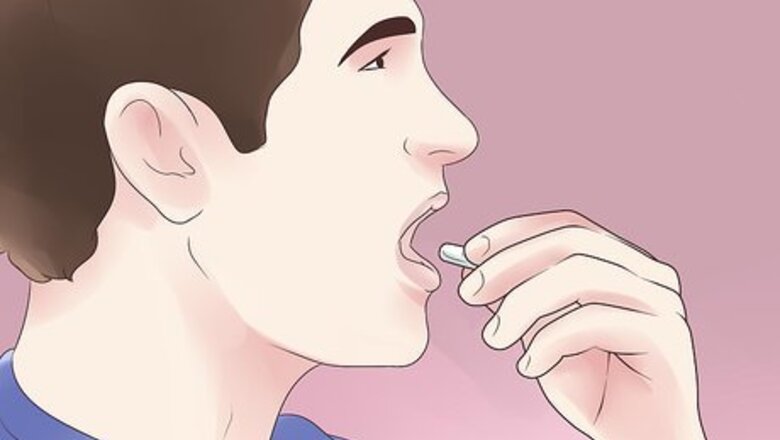
views
X
Trustworthy Source
Centers for Disease Control and Prevention
Main public health institute for the US, run by the Dept. of Health and Human Services
Go to source
Taking Medications and Supplements
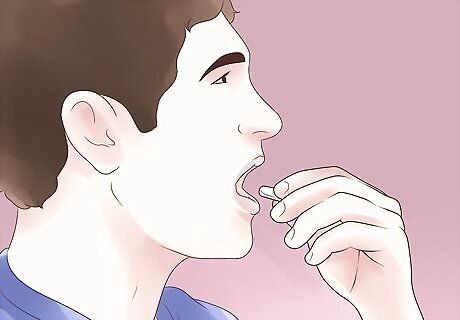
Take anti-yeast probiotics to kill the yeast colony. Anti-yeast probiotics are medicines that are designed to kill yeast colonies in your body. Set up an appointment with your doctor to determine which medication and dosage would work best for your specific situation. Armoured Acidophilus is one of these medications that acts on the lining of the lungs.
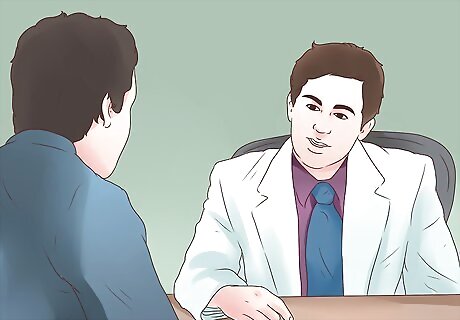
Talk to your doctor about taking anti-fungal medication. Another treatment option is to take an anti-fungal medication that will help to prevent an infection, such as if you are immunocompromised, or treat an infection. Yeast cells need ergosterol to keep up the strength of their cell membranes. Anti-fungal medications include: Triazoles Fluconazole Itraconazole Echinocandins Amphotericin B
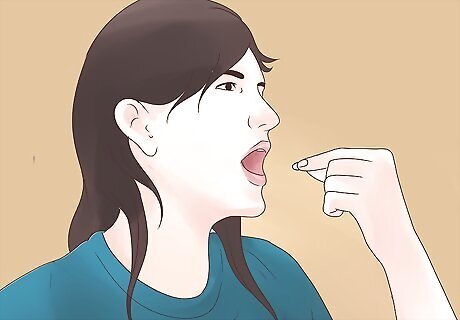
Use molybdenum to stop the yeast from producing alcohol. Molybdenum is a mineral that may help to stop yeast from producing alcohol in your body. When the production of alcohol is slowed down, you will likely feel less dizzy and your alertness and appetite may increase. 150 mg tablets of Molybdenum can be taken twice a day.
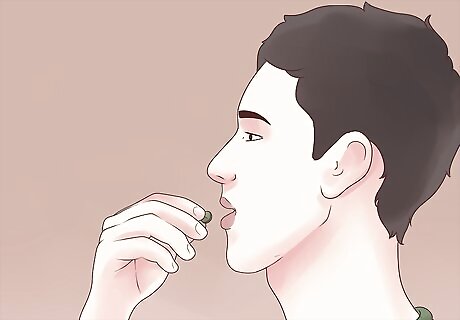
Take chlorella supplements. Chlorella is a wholesome food that has a composite combination of minerals, essential vitamins and enzymes. Chlorella helps to boost immune functions, neutralize pesticides in your body, and remove toxins. Dosage: The recommended dose is to take one to two capsules three times a day.
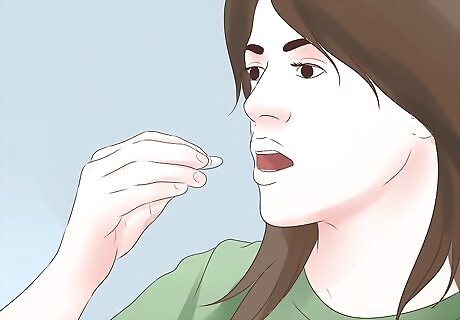
Take vitamin B complex capsules. Vitamin B complex capsules can help to strengthen your immune system, which in turn can take on the yeast in your lungs. When buying vitamin B pills, make sure that they are a non-yeast variety. You can also eat foods that are rich in vitamin B, including green leafy veggies, eggs, pulses, cereals, legumes, and fish.
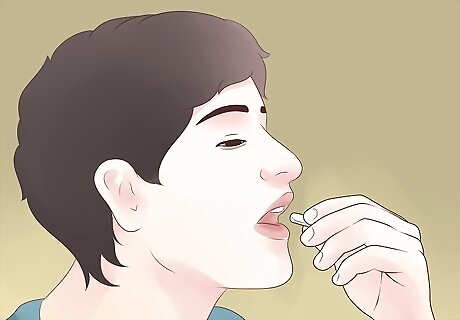
Take 500 milligrams (mg) of Vitamin C per day. Like vitamin B, vitamin C also helps to strengthen your immune system. Having a strong immune system is an important part of fighting off any fungal infection. You can take vitamin C supplements, or you can eat foods rich in vitamin C like: Citrus fruits like limes, lemons, and oranges, strawberries, gooseberries, spinach, and broccoli.
Eliminating Foods that Promote Yeast Growth
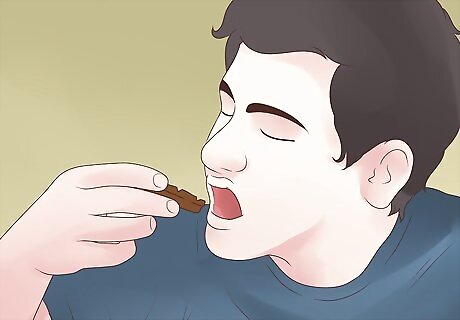
Understand how your diet affects the presence of a pulmonary yeast infection. When you have a high sugar, refined carb, and gluten-rich diet, you increase your chances of developing a yeast infection in your lungs. While you can take medications (see Method 2) to clear up the infection, you must alter your diet if you hope to keep the infection from developing again.
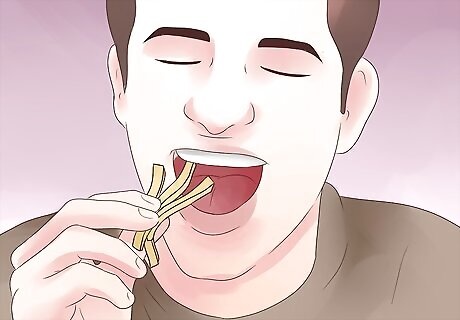
Cut out or reduce the amount of sugars and artificial sweeteners you eat during the initial stages of your treatment. Fructose, which is found in most fruits and honey, and artificial sweeteners like Saccharin and nutrasweet, should be cut out of your diet while you work on getting better. This is because these sweets can create a good growing environment for yeast, which combats the work you are doing to try to get rid of the yeast. Avoid consuming fruit during the first two weeks of your fight against yeast. Other foods like beets and potatoes, which are also high in sugar, should also be avoided.
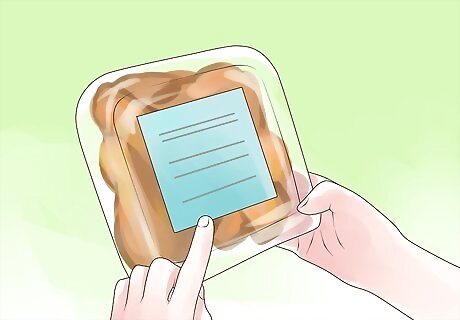
Read labels on packaged food to avoid certain sweeteners and other ingredients. Packaged food that contains the following items should be avoided because these are all sugars or sugar alternatives. Carob powder, Maltose/malt, Aspartame, Dextrose/ crystallized dextrin, Mannitol, Galactose, Disaccharides, Maltitol, Monosaccharides, Sorghum, Xylitol, Corn starch, Maltodextrin, Suamiel, Levulose, and Sucanat.
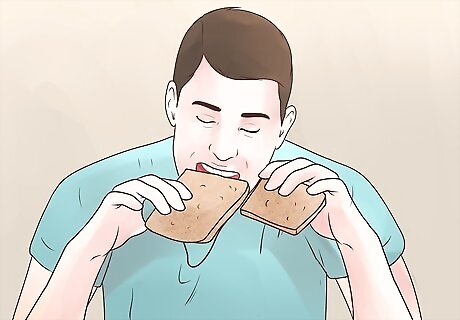
Reduce your gluten intake. Most people who suffer from yeast infections of the lungs are naturally intolerant to gluten. Gluten is an elastic protein that is present in triticale, oats, rye, wheat and barley. It is also present in baked goods. Gluten grains are actually a food source of the candida yeast because they have a similar structure to sugar and a high glycemic index.
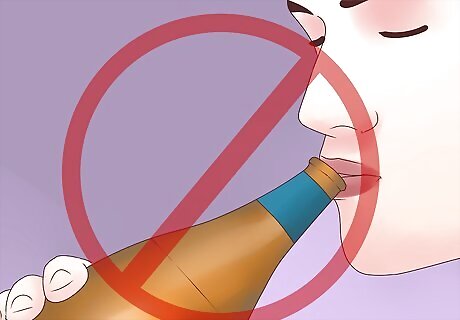
Cut back on your alcohol intake. When yeast has infected your body, the yeast actually breaks down carbohydrates you consume and turns it into a form of ethyl alcohol. Drinking more alcohol while this process is occurring will only increase the number of yeast colonies in your body. You should stop drinking alcohol of any kind for at least the first two months of your treatment. If you start drinking again after this time period, it should be in very small amounts.
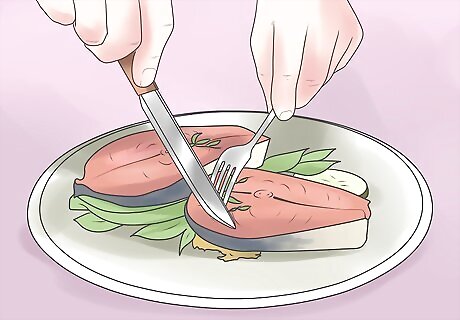
Switch to a yeast-fighting diet. While combating the yeast in your body, you should tailor your diet to help speed up the healing process. While the diet itself is not a definitive cure, it can help neutralize the harm the yeast is causing your body. The average yeast control diet contains little or no sugar, no processed food and very low carbohydrate consumption. High amount of proteins (except those derived from gluten and soya) must be consumed. Eat vegetables like cabbage, lettuce, kale, mustard greens, horseradish, celery, pepper, broccoli, cauliflower, beans, onions, tomatoes and garlic. Cook with coconut, fish, or palm oil, rather than butter. Meat and fat in your diet should be derived from grass fed animals while fish should be free from contamination of mercury.
Understanding Pulmonary Yeast Infections
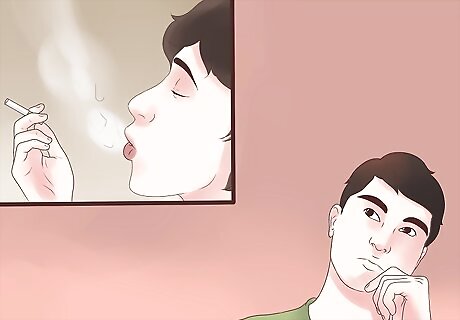
Understand the primary cause of pulmonary yeast infections. Yeast infections are generally the by-product of a weak immune system. People who maintain poor personal hygiene, smoke, or drink excessively are more prone to candida albicans infections. Certain professions and hobbies also increase the risk, such as demolition, construction, landscaping, and spelunking.
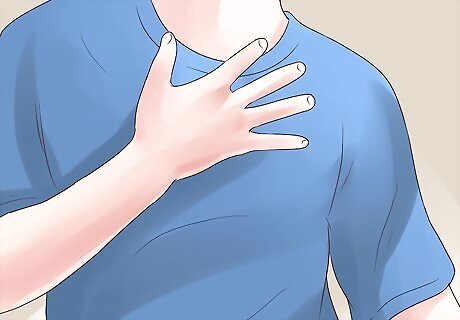
Recognize the symptoms of pulmonary yeast infections. A pulmonary yeast infection may present like pneumonia that does not improve with antibiotics. Some symptoms to watch for include: Difficulty breathing, especially when climbing stairs Cough, usually with yellow or green phlegm Fever Chills Headache Sharp stabbing pain in your chest that worsens when you take a deep breath or cough Loss of appetite Excessive sweating Clammy skin Confusion, especially in older patients
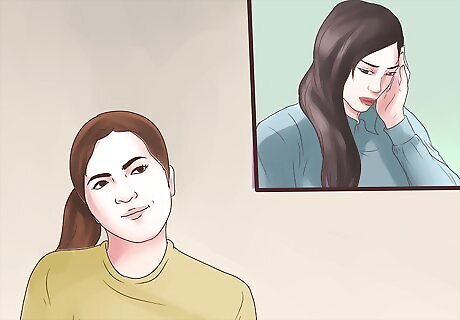
Be aware of the risks associated with pulmonary yeast infections. When Candida Albicans affects the lungs, your entire body can actually be affected. The yeast can spread throughout your body if left untreated for a long enough period of time. Lung yeast infections should be treated as early as possible to avoid future complications like lung failure, heart failure and the slow decay of other organs.



















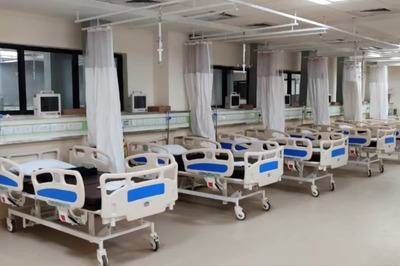
Comments
0 comment